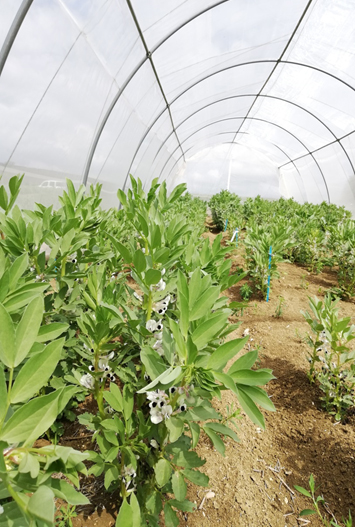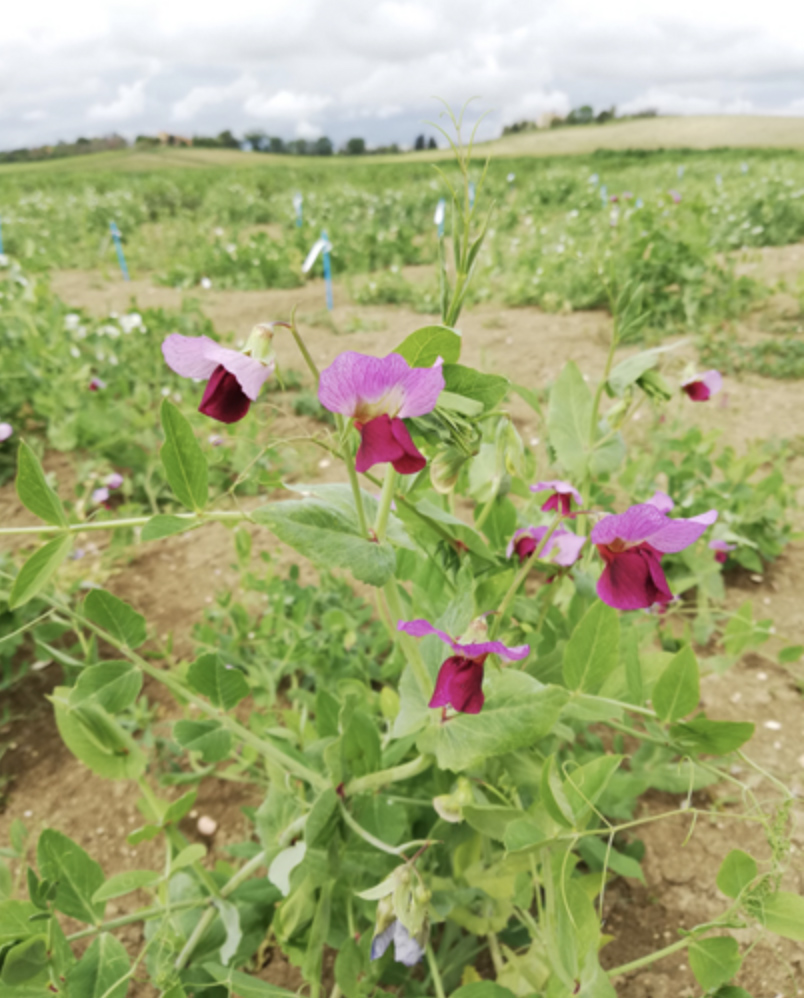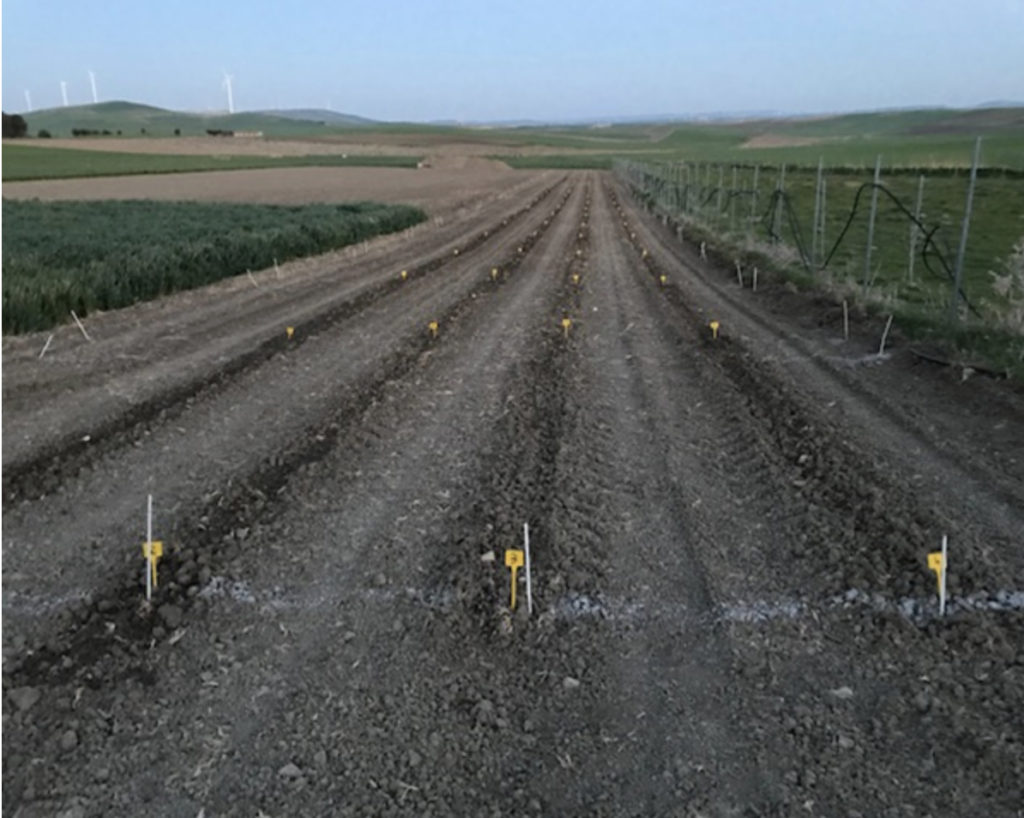For the design and field tests of innovative cropping systems, with which the LIFE AGRESTIC project proposes to reduce greenhouse gas emissions and to efficiently manage carbon and nitrogen, different varieties of legumes and catch crop are being considered and among these we will choose those that are most performing and suitable for ECS systems.
Selection of the most suitable varieties
In particular, among the various participants in the project, Isea is working to select the most suitable varieties of legumes and cover crops to be used in the three demonstration environments, Horta will define an experimental design able to take the complexity of the test into account, while the farmers will prepare the fields for the test.
The selection will be conducted on the basis of the phenotypic data collected in the past years’ tests as well as on the evaluation of specific agronomic characteristics during 2019, in order to identify the ones which are best suited to ECSs systems.
The agronomic characters considered are:
- Legumes: pea (North), chickpea (Centre) and lentil (South)
1) Quantity and quality of production (weight per 1000 seeds and relevant protein content);
2) Development of the root system, with and without water stress conditions;
3) Competitiveness with weeds;
4) Resilience and adaptation of crops in different climatic conditions;
5) Resistance to cold conditions (fit for winter seeding).
- Cover crops:
1) Total biomass
2) N content in % (root and above biomass)
3) Assimilation capacity of C
4) Low competitiveness with crop and high with weeds;
5) Low cost of seed;
6) Length of the vegetative cycle
7) Growth even in low lighting conditions

Finding of local genotypes of legumes and catch crops
In addition to the evaluation of Isea brand varieties, the company is also working on the identification of local and rare legumes and catch crop genotypes, which are best suited to ECS systems.
For this purpose, Isea contacted various centers of conservation of germplasm of legumes and catch crop, including: the University of Bari, the Polytechnic of Marche, the University of Bologna, the Council for research and the agricultural economy agricultural economy – CREA, the Center for Research and Experimentation for Plant Improvement – CERMIS, the Consejo Superior de Investigaciones Científicas – CSIC, the Institute of Biotechnology in Plant Production – IFA in Vienna. The selection of the available germplasm (ecotypes and landraces) will be carried out based on certain phenotypic characteristics that contribute to the achievement of the project objectives.




